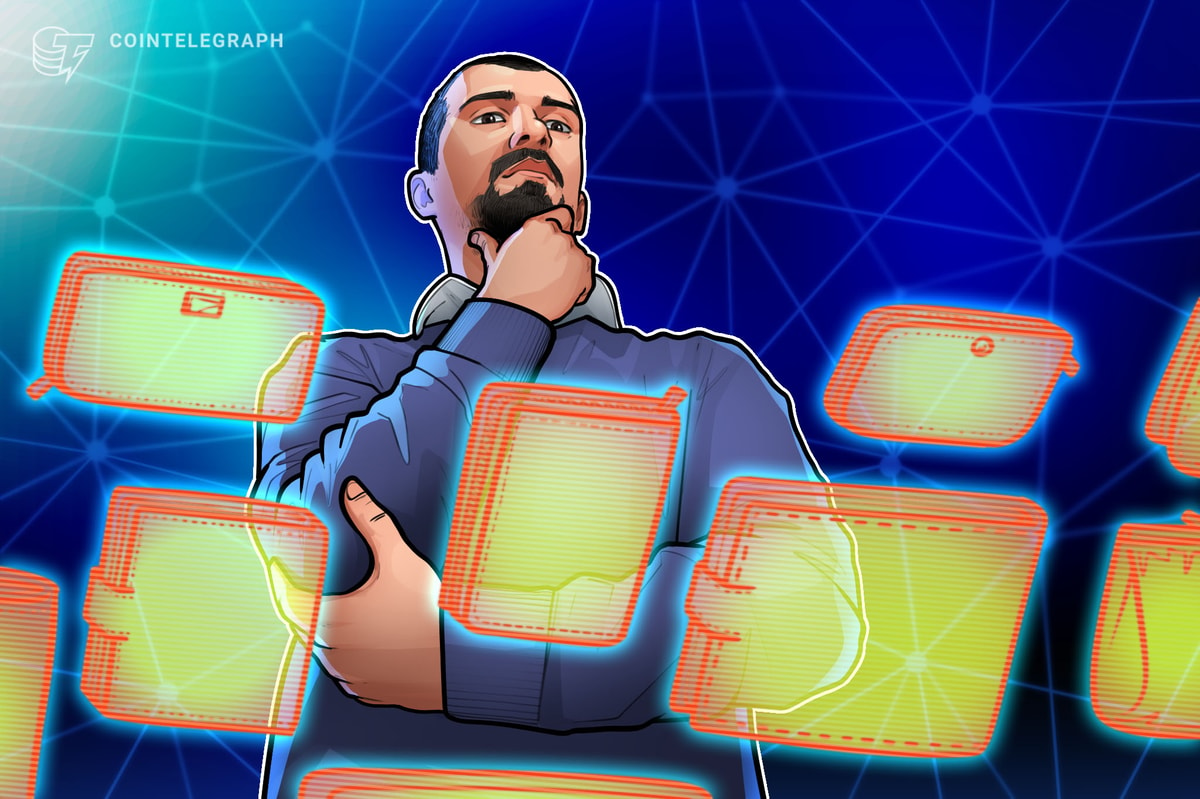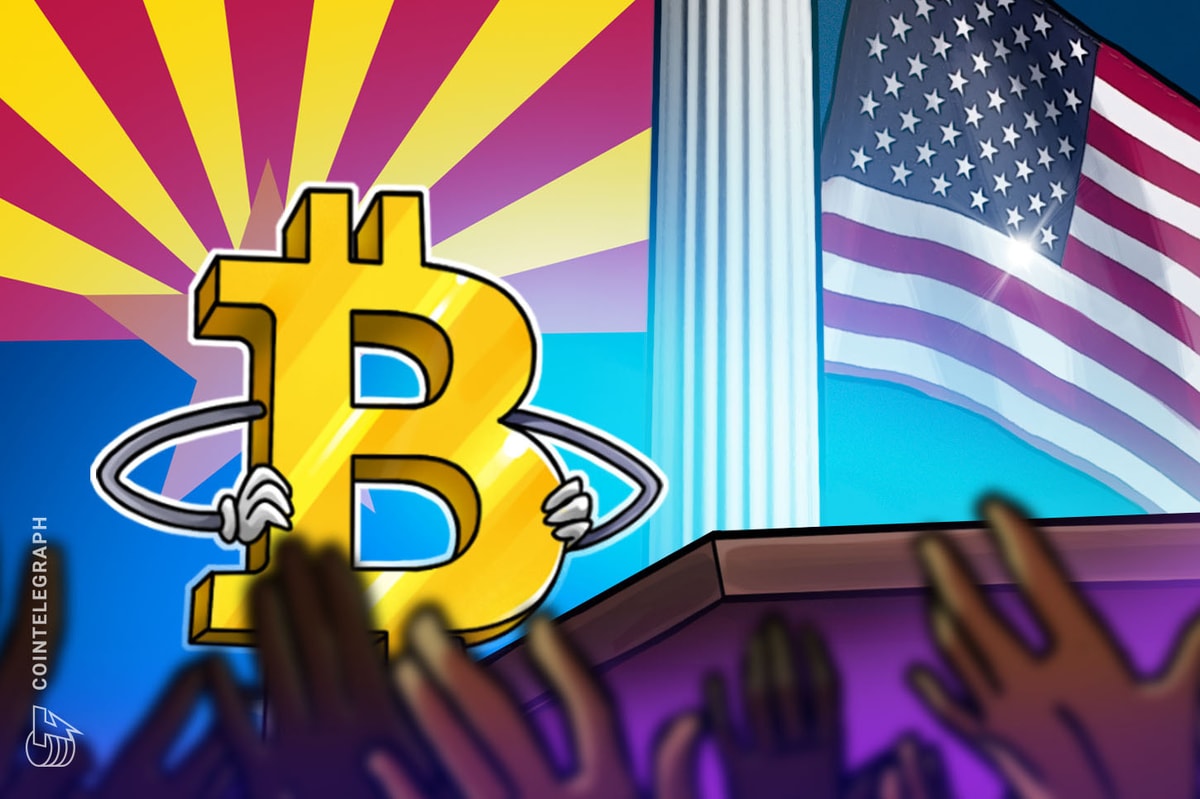Stablecoins, which provide stability and value preservation for consumers, stand out as a reliable bridge between digital assets and everyday transactions in the volatile world of cryptocurrencies. This guide explores the practical aspects of utilizing stablecoins in day-to-day financial transactions.
Advantages of using stablecoins over traditional and other digital currencies
Stablecoins are a subset of digital currencies whose value is fixed to a reserve asset, like a fiat currency or commodity. They stand apart from the frequent price volatility associated with cryptocurrencies such as Ether (ETH) or Bitcoin (BTC) due to their stability. Stablecoins come in three forms: algorithmic, fiat-collateralized and crypto-collateralized.
Algorithmic stablecoins employ algorithms and smart contracts to control supply and demand and preserve stability. Stablecoins with fiat collateral are directly correlated with traditional currencies. Stablecoins that are collateralized with other cryptocurrencies, or crypto-collateralized stablecoins, offer decentralization but also expose investors to volatility in the cryptocurrency market.
Stablecoins provide reduced costs, faster transactions and price stability over other digital currencies and traditional currencies. They can be used for regular transactions and as a hedge against the volatility of cryptocurrencies because of their value peg, which ensures a steady store of value. Furthermore, stablecoins frequently make cross-border transactions faster and less expensive than they would be through regular banking systems, making them a more practical and economical option for both consumers and companies.
Past events, like the TerraUSD (UST) and Tether (USDT) depegging, have highlighted the potential risks associated with stablecoin mechanisms. These incidents highlight the difficulties and complications involved in keeping stablecoins stable, particularly for those that depend on algorithmic models without enough asset backing or even for those with significant backing and market trust.
How to set up a stablecoin wallet
To ensure a secure and seamless experience, there are a few requirements to set up a digital wallet for stablecoins. Users must first have access to a device that can run digital wallet programs and a reliable internet connection. Then, picking a trustworthy wallet provider that prioritizes security and stablecoin compatibility is crucial.
After choosing an appropriate wallet, users need to register for an account and go through regulatory-compliant identity verification procedures. Users can fund their digital wallet with fiat money using bank transfers or other payment options after fulfilling these requirements.
For example, with a wallet such as MetaMask, users can add stablecoins by connecting to decentralized finance (DeFi) platforms and swapping assets through smart contracts. It is important to note that ensuring the wallet of choice supports the particular stablecoins of interest is essential to a smooth and effective setup.

Ways to acquire stablecoins
Stablecoins can be obtained in a number of ways, but the most common ones are through peer-to-peer transactions (P2P) or cryptocurrency exchanges. P2P transactions are one-on-one swaps between users made possible via decentralized exchanges (DEXs) such as Uniswap or P2P platforms, enhancing flexibility and privacy while purchasing stablecoins.
Exchanges, which act as intermediaries for purchases and sales, are essential to the stablecoin ecosystem. Users can use fiat currency or other cryptocurrencies to buy stablecoins on exchanges such as Coinbase, Binance or Kraken. To adhere to legal requirements, these platforms frequently employ Know Your Customer (KYC) procedures. Users must provide personal information and supporting documentation as part of KYC to authenticate their identities.
Ensuring a transparent and safe environment lowers the possibility of illegal activities like fraud and money laundering. KYC procedures are important for maintaining legal compliance as well as building trust in the financial system, which benefits stablecoin users and the larger cryptocurrency community by creating a securer and longer-lasting ecosystem.
How to find stablecoin-friendly merchants
Looking through cryptocurrency payment gateways and directories is one way to find merchants who accept stablecoins. Platforms like BitPay that let retailers accept stablecoin payments make it possible for companies to accept stablecoins and, if needed, convert them into fiat money.
For instance, BitPay simplifies the process of purchasing Adidas gift cards with cryptocurrency, including stablecoins like USDT. Users just need to download the BitPay app or extension, select the desired gift card and amount and pay with crypto to instantly receive their gift card.

Additionally, users can find many companies that accept stablecoins as payment by using their directories. For instance, the BitPay merchant directory lists various companies and retailers that accept cryptocurrency payments, including stablecoins, providing users with information on a range of businesses where they can spend their digital currencies.
According to BitPay’s merchant directory, various retailers, including Banana Republic, Burger King, Columbia, Best Buy, Hotels.com, DoorDash, Ikea, Roblox, Delta and more, accept stablecoins for purchasing gift cards.
Interacting with the crypto community on social media and forum sites may also potentially reveal information on merchant acceptance. Moreover, certain stablecoins offer exclusive deals in agreement with specific stores. Examining stablecoin initiatives’ alliances and partnerships can show what retailers are actively using this type of virtual money.
How to use stablecoins for online purchases
To start using stablecoins for online purchases, users must ensure their digital wallet is compatible with the stablecoin of their choice. Wallets such as MetaMask, Trust Wallet or Coinbase Wallet are frequently utilized for this purpose. Then, users need to add stablecoins to their wallets by acquiring them through peer-to-peer transactions or exchanges.
When people are ready to make an online purchase, they ought to find out if the seller takes stablecoin payments. To make such transactions easier, a lot of websites and e-commerce platforms have integrated cryptocurrency payment gateways.
During the payment procedure, customers have the option to select a stablecoin as their preferred method and follow the given steps to complete the purchase. Usually, this involves taking steps like scanning a QR code or copying the wallet address of the business, followed by the initiation of the payment directly from the user’s wallet.
Compared to traditional payment methods, using stablecoins for online transactions has several benefits, including faster transaction speeds and lower fees. This makes the process straightforward and efficient for both buyers and sellers.
The role of stablecoins in peer-to-peer transactions
Stablecoin-based money transfers to friends and family provide a number of advantages over conventional money transfer services. For instance, stablecoins ensure prompt financial support by enabling quick and cost-effective transactions that are frequently completed in a matter of minutes. On the other hand, traditional services could have greater costs and take longer to process.
Global accessibility is another benefit of stablecoins, which let users transfer money internationally without the involvement of intermediaries like banks. People who live in areas where access to traditional banking services is limited will find this accessibility very valuable. Stablecoin transactions also tend to be more visible and trackable, which improves security and lowers the possibility of fraud.
In contrast, typical money transfer services can incur currency translation fees and have higher fees, particularly for cross-border transfers. As some stablecoins like Dai (DAI) operate using blockchain technology, they ensure decentralization and reduce reliance on a central authority.
Managing stablecoin transactions and fees
The transaction costs in the stablecoin ecosystem are contingent upon the blockchain network and the specific platform utilized for transactions. Stablecoins function on many blockchain networks, such as Ethereum or BNB Smart Chain, and each has its own set of fees.
By keeping up with the current fee rates on their selected network, as well as the wallet or exchange they are using, users may effectively manage and monitor these costs. Real-time transaction cost visibility is made possible by blockchain explorers and wallet interfaces, which empower users to make well-informed decisions based on their preferences for speed and cost-effectiveness.
Furthermore, depending on the user’s immediate needs, platforms frequently provide customizable fee alternatives that let consumers prioritize transaction speed or decrease costs.
Potential risks associated with using stablecoins
Stablecoin adoption can present certain obstacles, so users should be aware of the risks involved. Regulatory changes pose a serious concern because governments all over the world are still figuring out how to regulate digital currencies. Uncertainty in regulations could lead to abrupt changes in policy that impact the value and functioning of stablecoins. Users can mitigate this concern by keeping up with changing legal environments and selecting reliable stablecoins that abide by both current and new laws.
Security for digital wallets is yet another important issue. Because stablecoins are based on blockchain technology, private key security is critical. Users ought to use trustworthy software wallets with strong security features or hardware wallets. Using multifactor authentication and updating wallet software on a regular basis both help improve security.
Market risks are inherent due to the volatility of underlying collateral or algorithmic mechanisms supporting stablecoins. A stablecoin’s value may change even though it is intended for stability due to outside market pressures. This risk can be reduced by diversifying stablecoin holdings and learning about stability mechanisms used by stablecoins.
Furthermore, platforms that enable stablecoin transactions are subject to counterparty risk. Exchanges with a track record of success, adherence to security best practices, and open and transparent operating methods should be chosen by users. A more resilient approach in the face of possible threats is achieved by diversifying among different stablecoins, keeping up-to-date security procedures, and performing due diligence on stablecoin initiatives.
The future of stablecoins in everyday finance
The future of stablecoin technology holds exciting prospects, with new developments aimed at improving integration and functionality. Developments in smart contracts might provide programmable elements, opening the door to automated financial processes.
Additional areas of emphasis include enhanced scalability and privacy-focused features. Stablecoins have the potential to streamline international payments by enabling quicker cross-border transactions and removing intermediaries through their connection with conventional financial systems.
Increased acceptance and usage within the traditional banking sector could result from standardized frameworks created through collaboration between regulatory authorities and stablecoin projects. The development of central bank digital currencies (CBDCs) is another avenue where stablecoins might promote interoperability between digital and conventional monetary systems.











